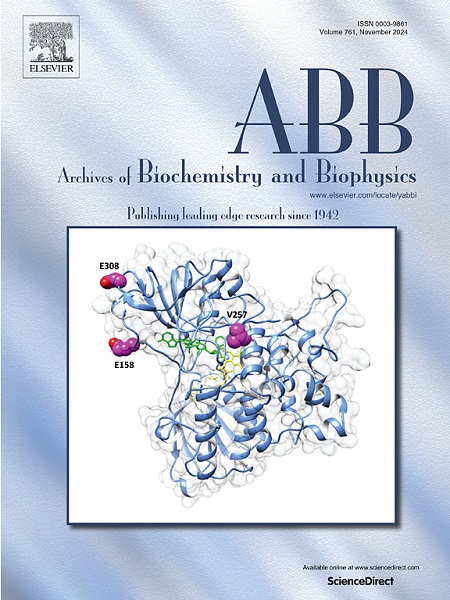MiR-495 reverses in the mechanical unloading, random rotating and aging induced muscle atrophy via targeting MyoD and inactivating the Myostatin/TGF-β/Smad3 axis
IF 3.8
3区 生物学
Q2 BIOCHEMISTRY & MOLECULAR BIOLOGY
引用次数: 0
Abstract
Mechanical unloading can lead to homeostasis imbalance and severe muscle disease, in which muscle atrophy was one of the disused diseases. However, there were limited therapeutic targets for such diseases. In this study, miR-495 was found dramatically reduced in atrophic skeletal muscle induced by mechanical unloading models both in vitro and in vivo, including the random positioning model (RPM), tail-suspension (TS) model, and aged mice model. Enforced miR-495 expression by its mimic could enormously facilitate the differentiation and regeneration of both mouse myoblast C2C12 cells and muscle satellite cells. Furthermore, MyoD was proved as the directly interacted gene of miR-495, and their interaction was crucial for myotube formation. Enforced miR-495 expression could intensively strengthen the muscle mass, in situ muscular electrophysiological indexes, including peak tetanic tension (Po) and peak twitch tension (Pt), and the cross-sectional areas (CSA) of muscle fibers via targeting MyoD and inactivating the Myostatin/TGF-β/Smad3 signaling pathway, indicating that miR-495 can be proposed as an effective target for muscle atrophy treatment induced by in the mechanical unloading, random rotating and aging.

MiR-495通过靶向MyoD和激活Myostatin/TGF-β/Smad3轴,逆转了机械卸载、随机旋转和老化诱导的肌肉萎缩。
机械卸载可导致体内平衡失衡和严重的肌肉疾病,其中肌肉萎缩是一种不常用的疾病。然而,这类疾病的治疗靶点有限。在本研究中,miR-495在体外和体内机械卸载诱导的萎缩骨骼肌模型中均显著降低,包括随机定位模型(RPM)、悬尾模型(TS)和老年小鼠模型。通过其模拟物强制表达miR-495可以极大地促进小鼠成肌细胞C2C12细胞和肌肉卫星细胞的分化和再生。此外,MyoD被证明是miR-495的直接相互作用基因,它们的相互作用对肌管的形成至关重要。强制表达miR-495可以通过靶向MyoD和灭活肌生长抑制素/TGF-β/Smad3信号通路,强化肌肉质量、肌肉原位电生理指标,包括张力峰值(Po)和收缩张力峰值(Pt),以及肌纤维的横截面积(CSA),这表明miR-495可以作为机械加载、随机旋转和衰老引起的肌肉萎缩治疗的有效靶点。
本文章由计算机程序翻译,如有差异,请以英文原文为准。
求助全文
约1分钟内获得全文
求助全文
来源期刊

Archives of biochemistry and biophysics
生物-生化与分子生物学
CiteScore
7.40
自引率
0.00%
发文量
245
审稿时长
26 days
期刊介绍:
Archives of Biochemistry and Biophysics publishes quality original articles and reviews in the developing areas of biochemistry and biophysics.
Research Areas Include:
• Enzyme and protein structure, function, regulation. Folding, turnover, and post-translational processing
• Biological oxidations, free radical reactions, redox signaling, oxygenases, P450 reactions
• Signal transduction, receptors, membrane transport, intracellular signals. Cellular and integrated metabolism.
 求助内容:
求助内容: 应助结果提醒方式:
应助结果提醒方式:


